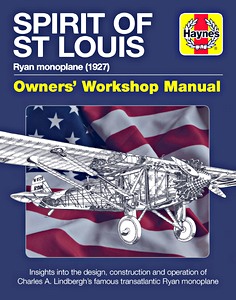Crusader! - Last of the Gunfighters
The Vought F-8 Crusader, once called the "Last of the Gunfighters, " became a legendary aircraft in the U.S. and French navies and played a major role in the skies over North Vietnam in the late 1960s. This book offers an oral history of the Crusader, featuring interviews with sixteen of the seventeen surviving pilots who became MiG killers during the Vietnam War.
Rear Admiral Paul T. Gillcrist, who commanded a fleet Crusader squadron, a carrier air wing, and all Pacific Fleet fighter squadrons, offers a personal perspective. During his squadron command, he completed three deployments to the Tonkin Gulf, flying 167 combat missions in the Crusader and earning seventeen combat decorations.
The author's analysis of aerial combat over North Vietnam from 1965 to 1973 reveals unexpected insights and confirms many tactical lessons from World War II and Korea.
Product details
| Author: | Paul T. Gillcrist |
|---|---|
| Details: | 288 pages, 11.2 x 8.7 x 1.1 in (28.5 x 22 x 2.8 cm), hardback |
| Illustrations: | 200 b&w and color photos |
| Publisher: | Schiffer Publishing Ltd (USA, 1995) |
| ISBN: | 9780887407666 |

Crusader! - Last of the Gunfighters
Language: English
Buy Now on Amazon.comBuy Now on Amazon UK
Buy Now on Amazon CA







